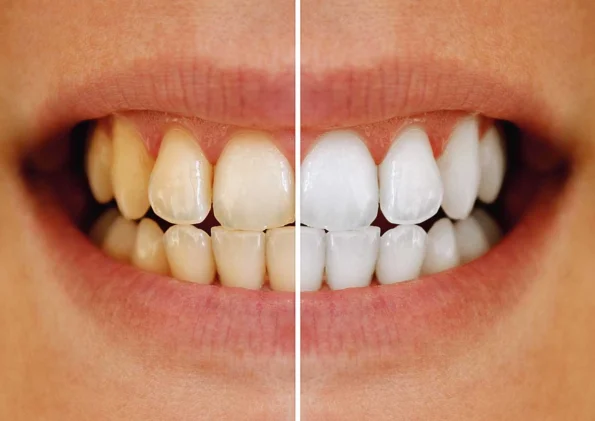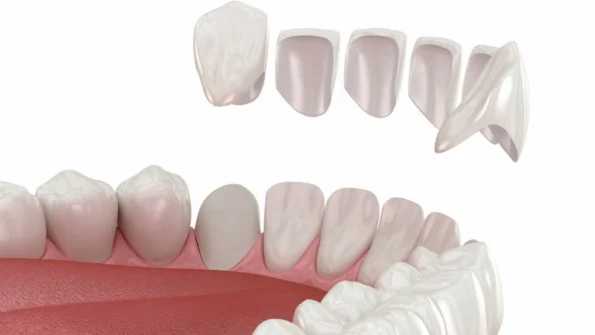1. Initial Consultation:
The veneer placement process typically begins with an initial consultation with your dentist.
During this appointment, you will discuss your cosmetic goals and concerns regarding your smile.
Your dentist will conduct a thorough examination of your oral health and assess whether veneers are the right option for you.
X-rays and impressions of your teeth may be taken to aid in treatment planning.
2. Treatment Planning:
Once it’s determined that veneers are suitable for your needs, your dentist will develop a personalized treatment plan.
This plan will outline the number of veneers needed, the desired color and shape of the veneers, and any preparatory steps that may be required.
3. Tooth Preparation:
Before veneers can be placed, a small amount of enamel must be removed from the front surface of the teeth to make room for the veneers.
This is typically done under local anesthesia to ensure your comfort.
The amount of enamel removed is minimal, usually only about half a millimeter, but it’s crucial for achieving a snug fit and natural appearance of the veneers.
4. Impressions and Temporary Veneers:
After tooth preparation, impressions of your teeth will be taken and sent to a dental laboratory where your custom veneers will be fabricated.
In the meantime, temporary veneers may be placed to protect your prepared teeth and maintain your smile’s appearance.
These temporary veneers are usually made from acrylic and are easily removable.
5. Veneer Fabrication:
The dental laboratory will use the impressions of your teeth to create your custom veneers.
Porcelain veneers are meticulously crafted to match the desired shape, size, and color specified by your dentist.
This process typically takes one to two weeks, during which time you will wear your temporary veneers.
6. Veneer Bonding:
Once your custom veneers are ready, you’ll return to the dentist’s office for the final placement appointment.
The temporary veneers will be removed, and your dentist will carefully bond the permanent veneers to your teeth using a strong dental adhesive.
Before permanently cementing the veneers in place, your dentist will ensure proper fit, aesthetics, and bite alignment.
7. Final Adjustments:
After the veneers are bonded to your teeth, any necessary final adjustments will be made to ensure your comfort and satisfaction.
This may involve trimming or polishing the veneers to achieve the desired shape and appearance.
Your dentist will also check your bite to ensure that it’s properly aligned with the veneers in place.
8. Follow-Up Visits:
After the veneer placement process is complete, your dentist may schedule follow-up visits to monitor the health and stability of your veneers.
Regular dental checkups are essential for maintaining the longevity of your veneers and ensuring optimal oral health.



